‘Guilty Gear’ Creator Claims He Always Intended For Bridget To Be Transgender: “The General Direction Of Her Story Hasn’t Changed Since She First Appeared”

According to Guilty Gear creator Daisuke Ishiwatari, despite the years of conflicting evidence, he always intended for the series’ yo-yo-wielding mainstay Bridget to be transgender.
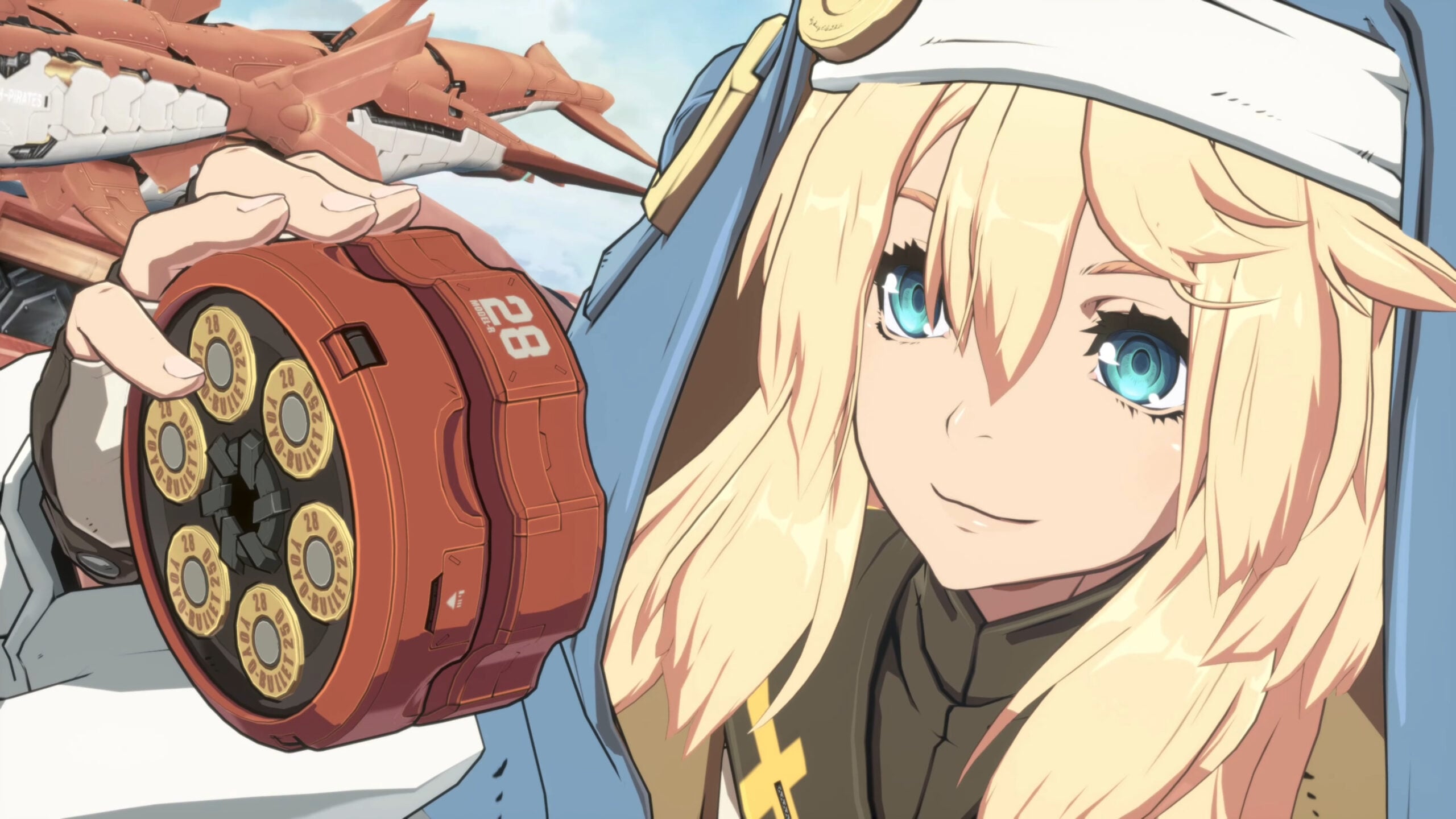
RELATED: ‘Guilty Gear Strive’ Appears To Retcon Bridget Into Transgender Girl, Game Journos Celebrate
Ishiwatari offered this insight during a joint interview given alongside -Strive- director Akira Katano to Japanese news outlet TBS News Dig (via a translation provided by Twitter user @padraicratigan).
[Translation Note: As the Japanese language doesn’t require the use of specific pronouns for Bridget, none are used for her in the original interview. As such, the pronouns used in the translation were chosen at the discretion of @padraicratigan.]
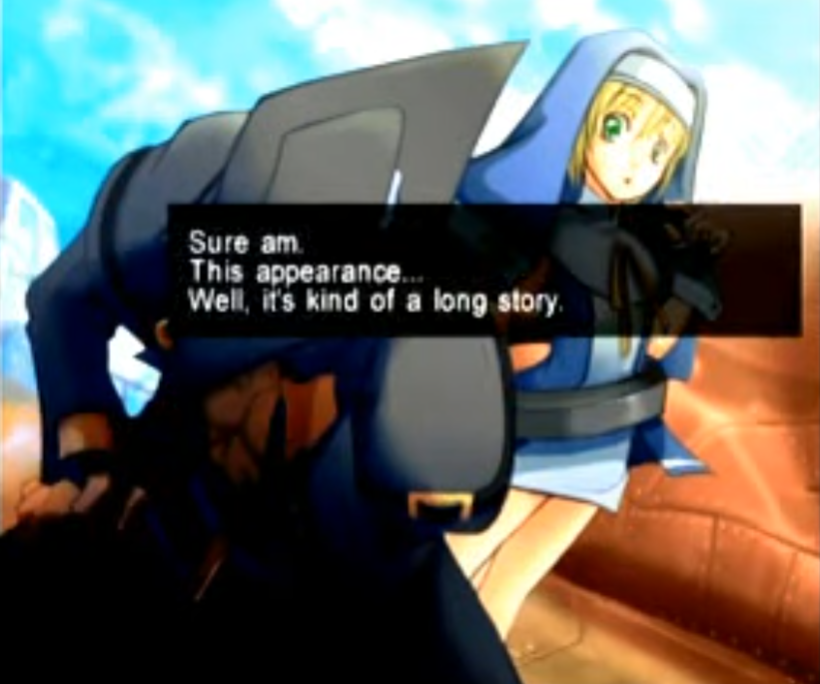
Therein, speaking specifically to the topic of Bridget’s recent reveal, Ishiwatari explained that, like all his characters, the bounty hunter’s creation stemmed from his desire “to do something different.”
“As long as I’m not feeling a strong sense of ‘I want to make something exactly like that,’ even if it’s something maybe I’ve seen somewhere before, I think it should have something different about its identity, is my way of thinking,” he added.
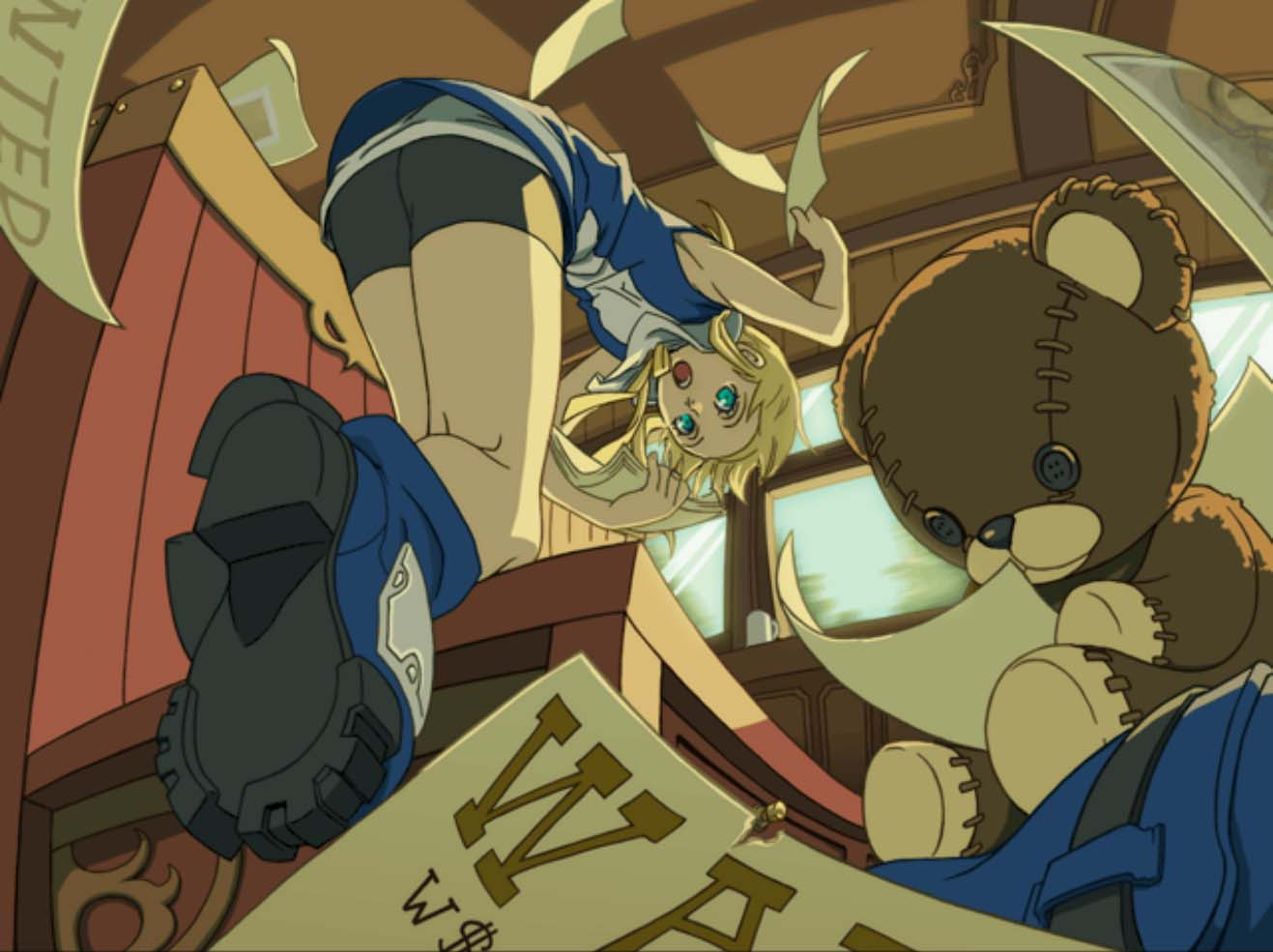
“I really felt like that part of the character was important, and so I would purposefully not write it in character introductions, and not really touch on it, while at the same time continuing to make use of that element,” said the Guilty Gear creator.
“The truth is, some of the characters that appear, I expressly tried to create characters that were a minority in some way, because I wanted to make heroes for those kinds of people,” he added. “At the time, there was pushback, but now we’re able to be very public about it, and have it greeted happily instead.”
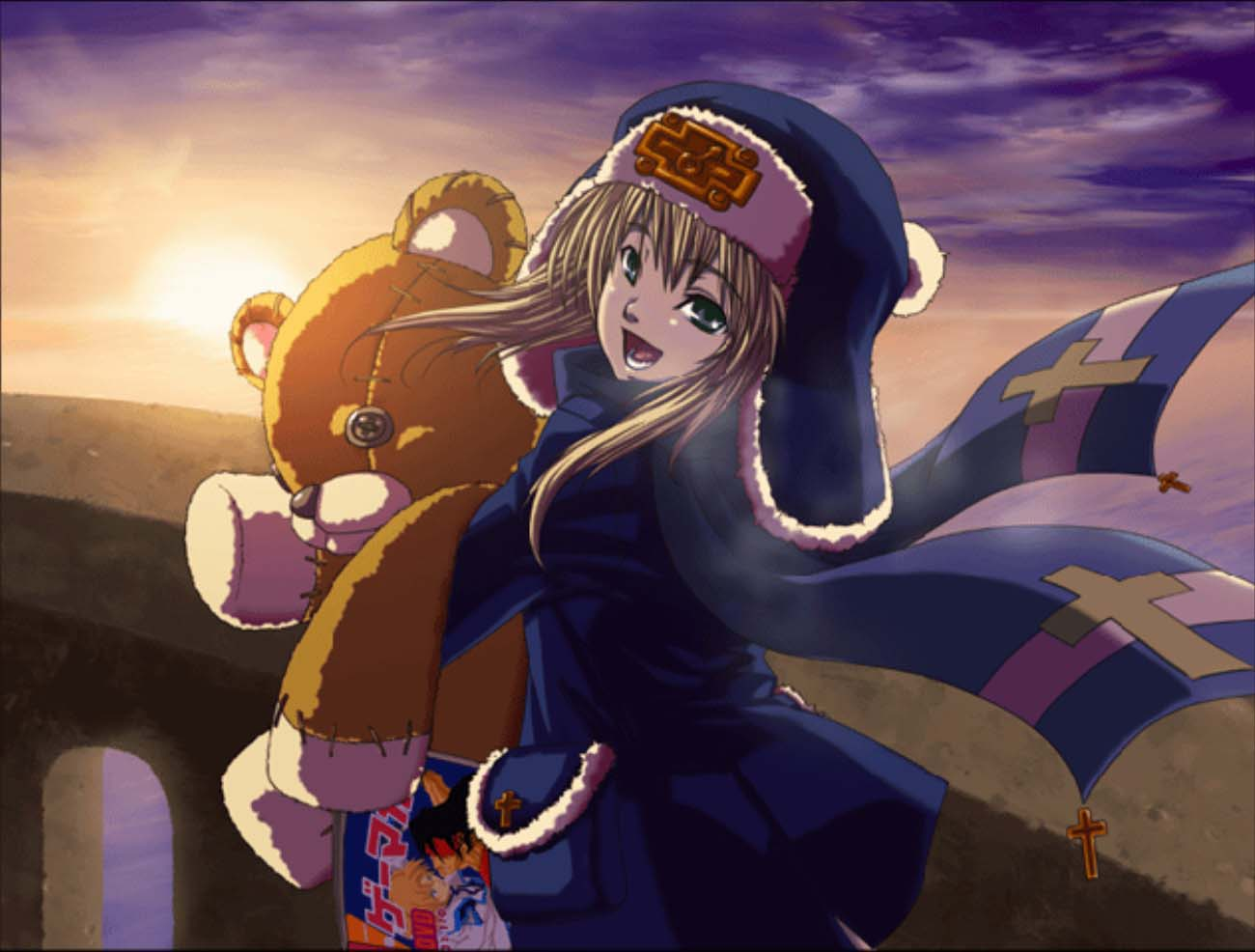
From there, the interviewer asked Ishiwatari what he thought “regarding Bridget’s gender at the time she first appeared,” to which the creator recalled, “At this point in her story, she’s thinking that she doesn’t want to worry the people around her or cause problems.”
“I think that at that point in time,” he said, “Bridget herself was trying her absolute hardest to not think things like, ‘Maybe I actually am a girl.’”
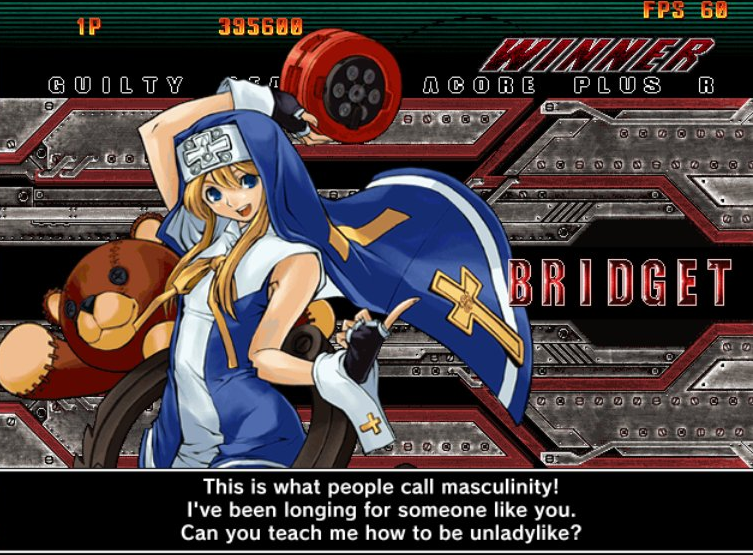
Turning to Bridget’s new -Strive– look – which TBS News Dig reports was designed “to hide the width of her shoulders and size of her arms, the back of her hands and her Adam’s apple” – Ishiwatari revealed that the element of her updated design he was most attentive to was the “transgender symbol on her head.”
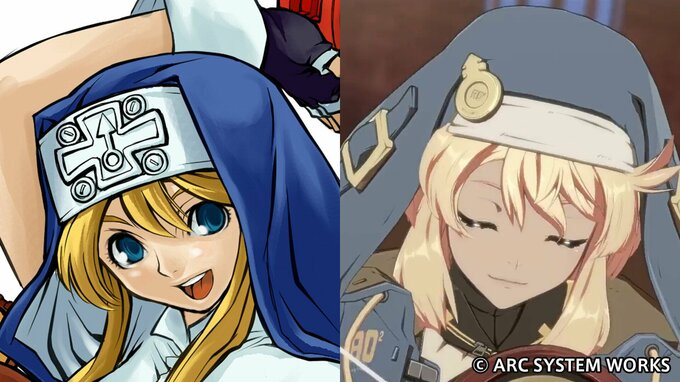
“That was originally a male symbol,” he explained. “I had a clear intention when changing that. So that was something I was especially particular about.”
[Note: Though it incorporates both the Male and Female symbols into its design, the symbol on Bridget’s new habit is actually the image associated with being androgynous rather than the one used to represent transgender individuals.]
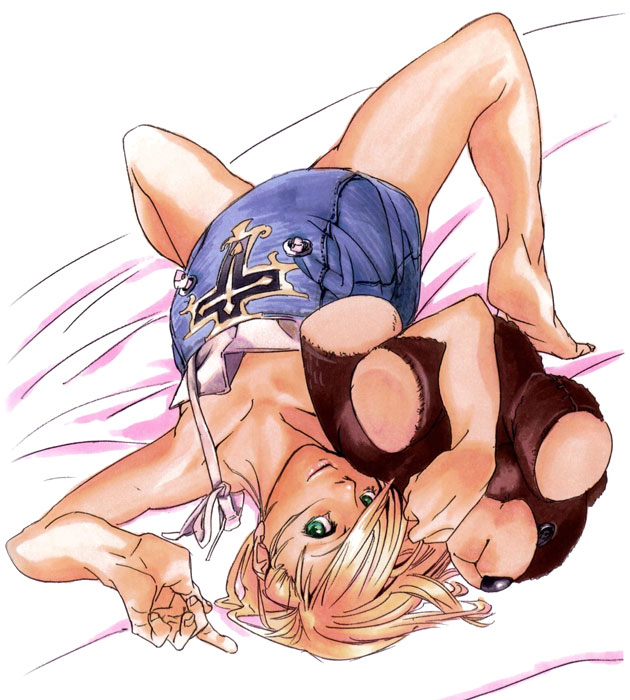
On this note of the ‘importance’ of Bridget’s habit symbol, the TBS News Dig interviewer inquired as to when Ishiwatari had “conceptualized this end to her story,” prompting him to affirm, “The general direction for the end of her story was already decided when she first appeared, and it hasn’t changed since.”
“I don’t know if it had such an important meaning as it does now, but Bridget’s story, on a structural level, it’s not super dramatic, but I had most of the content decided already, yes,” he further confirmed.

Met with the interviewer’s appraisal that “Awareness of transgender people is much more prevalent now, and so in a way, it’s like the times have finally caught up with the story you wrote for Bridget all those years ago,” Ishiwatari laughed, “That’s a much cooler way to say it, but I had a strong feeling of now being the time when I can finally properly express this.”
In support of the creator’s claim of original intent, Katano asserted, “Every single character has details and story that Ishiwatari came up with in advance, and for a lot of those it’s a matter of we just haven’t used them yet. I think with Bridget, it’s really just that.”
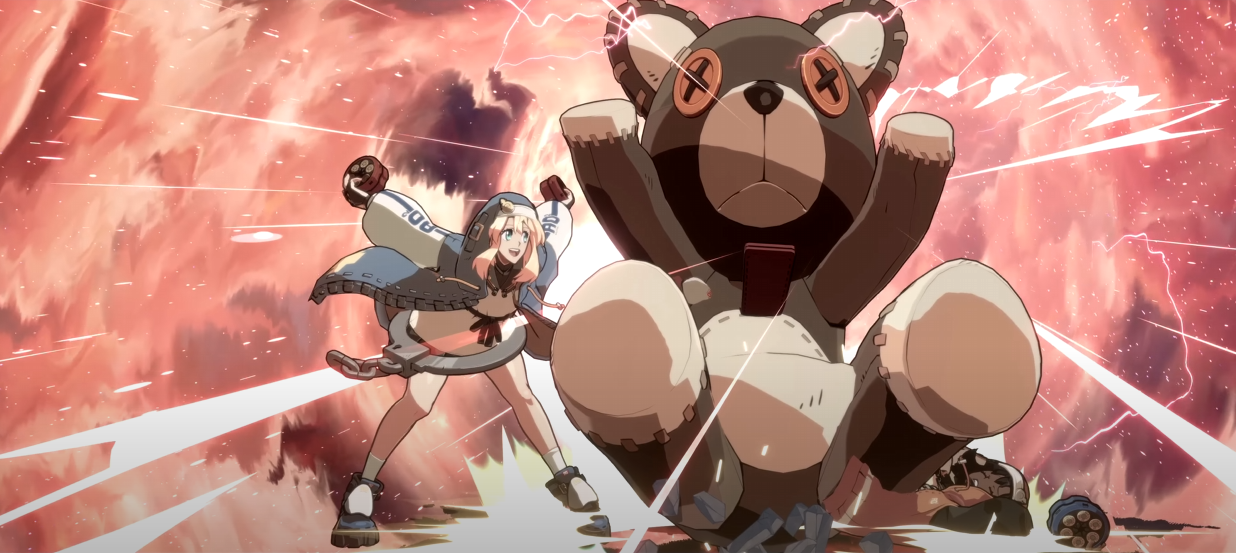
At this point, Ishiwatari admitted that though the company expected the vocal discourse that has surrounded the reveal, Arc System Works felt the need to confirm the change anyway due to how “globally, it was an issue that we didn’t make our position clear, regardless of what position it was.”
“We had users saying that we were the ones that triggered all of this, and there was a large chorus of, ‘it doesn’t matter which way it goes, just please officially give us an end to this discussion,'” the creator detailed. “I don’t know if we settled the debate, but by putting out the information we did, I saw that some users were able to find a kind of relief in that.”
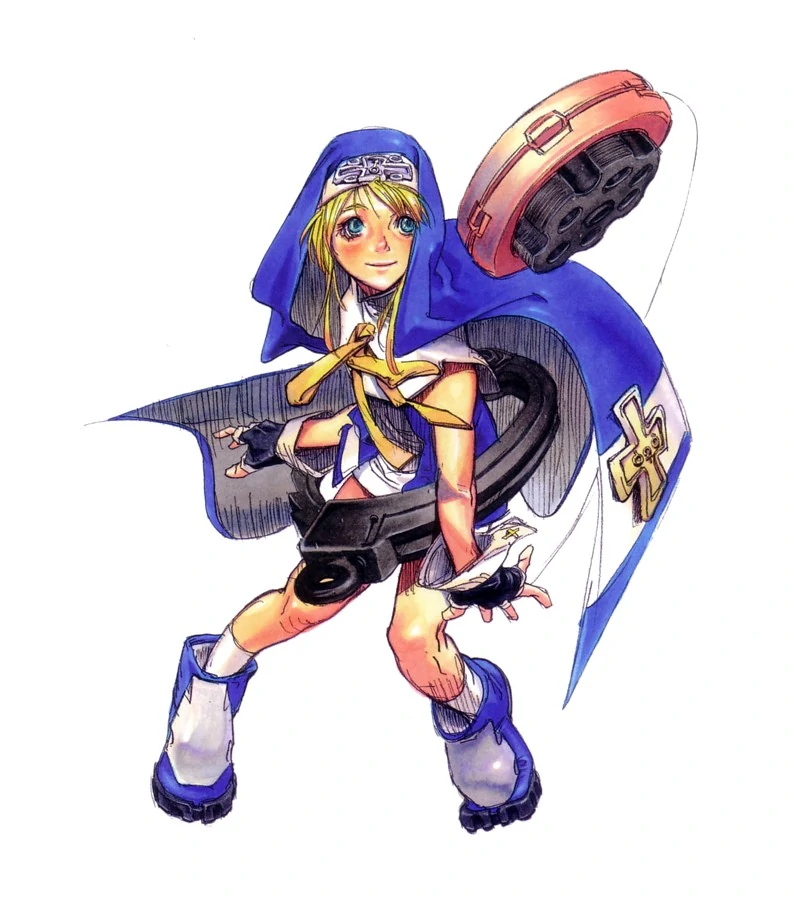
“We had Bridget’s story in the game, and so we did want to just say ‘play the game and find out yourself’, but just saying that invites an irresponsible amount of discussion, so we didn’t have any opposition to clearly stating our stance,” interjected Katano. “However, as creators, much of the worry and opposition was to the idea of putting the conclusion to the story, the spoilers, on the official site.”
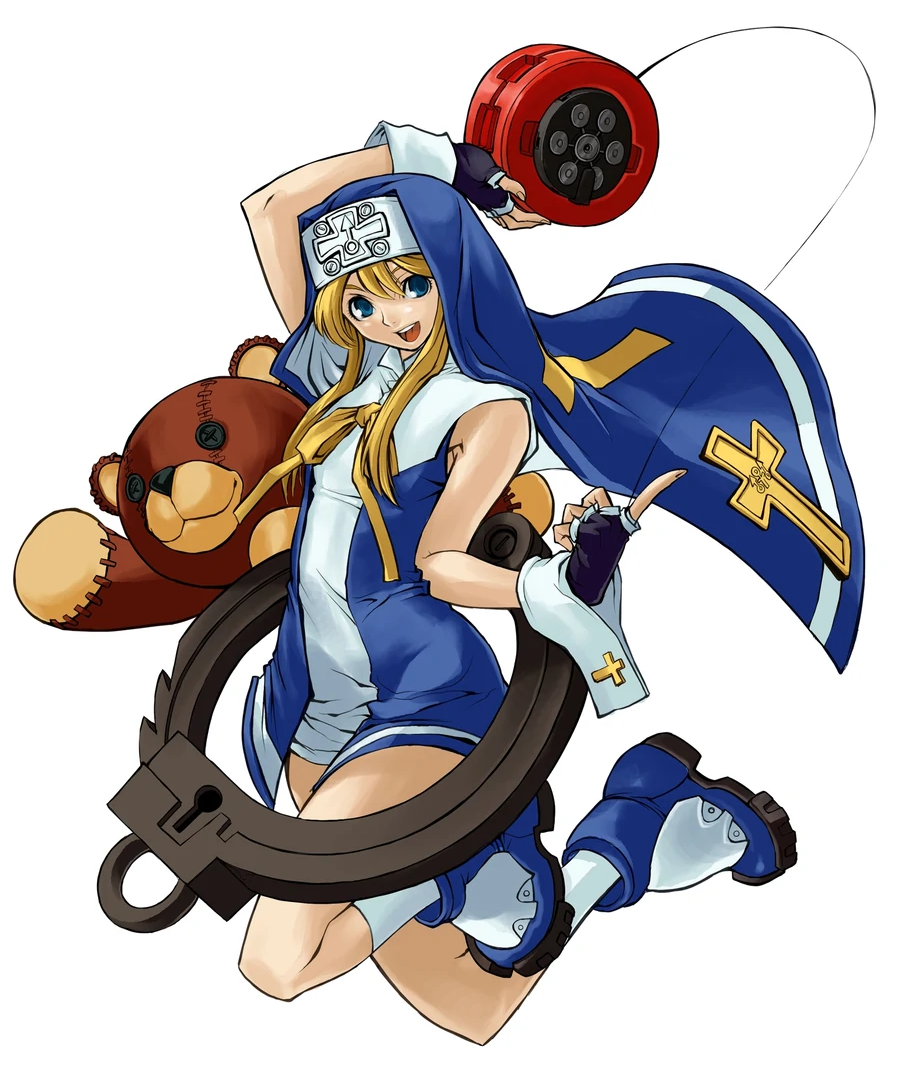
As the interview drew to a close, Ishiwatari was asked if there was “a specific message you want to send using Bridget”, and in turn replied, “Rather than wanting to send a message using Bridget, what I can say is that when creating characters and deciding who gets what, I put a little bit of my own sensibilities in each of the characters.”
“They carry those responsibilities,” he explained. “For example, if everyone in the world became vegetarian, you can say there would be good things about that, but from the opposite viewpoint there would be problems and demerits to the situation. When I see a discussion like that, I think both sides are valid, and my stance is that I want to cheer on both sides when I can.”
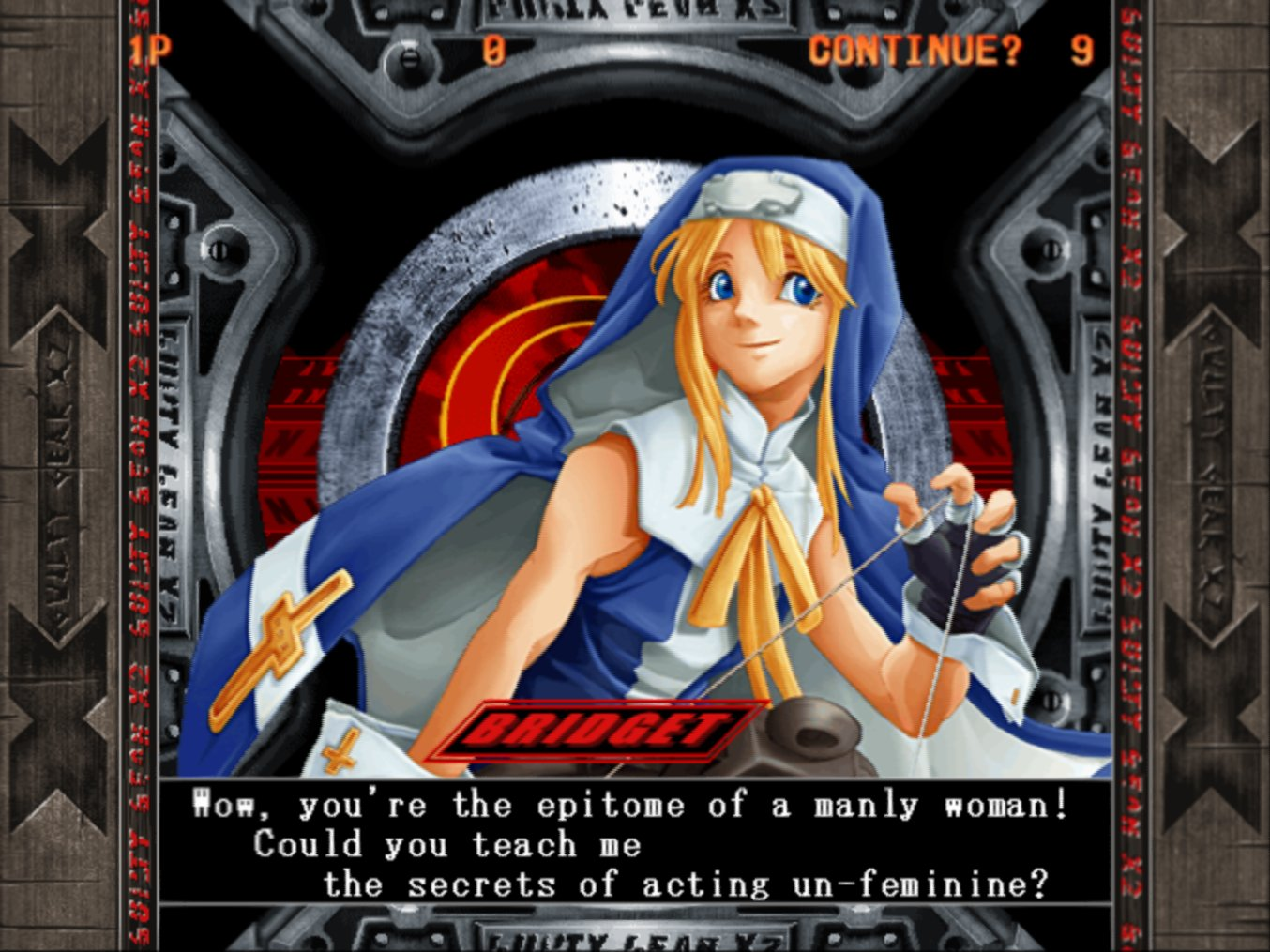
“From that standpoint, the root of what I want to do is I find all kinds of topics and think, people with this background, I want to give them a story that has a so-called ‘happy ending,’ that has a traditional course,” he opined. “Rather than using Bridget to say something, my hope is that I can continue to create, even abstractly, a vision of what happiness looks like for people in all different kinds of situations.”
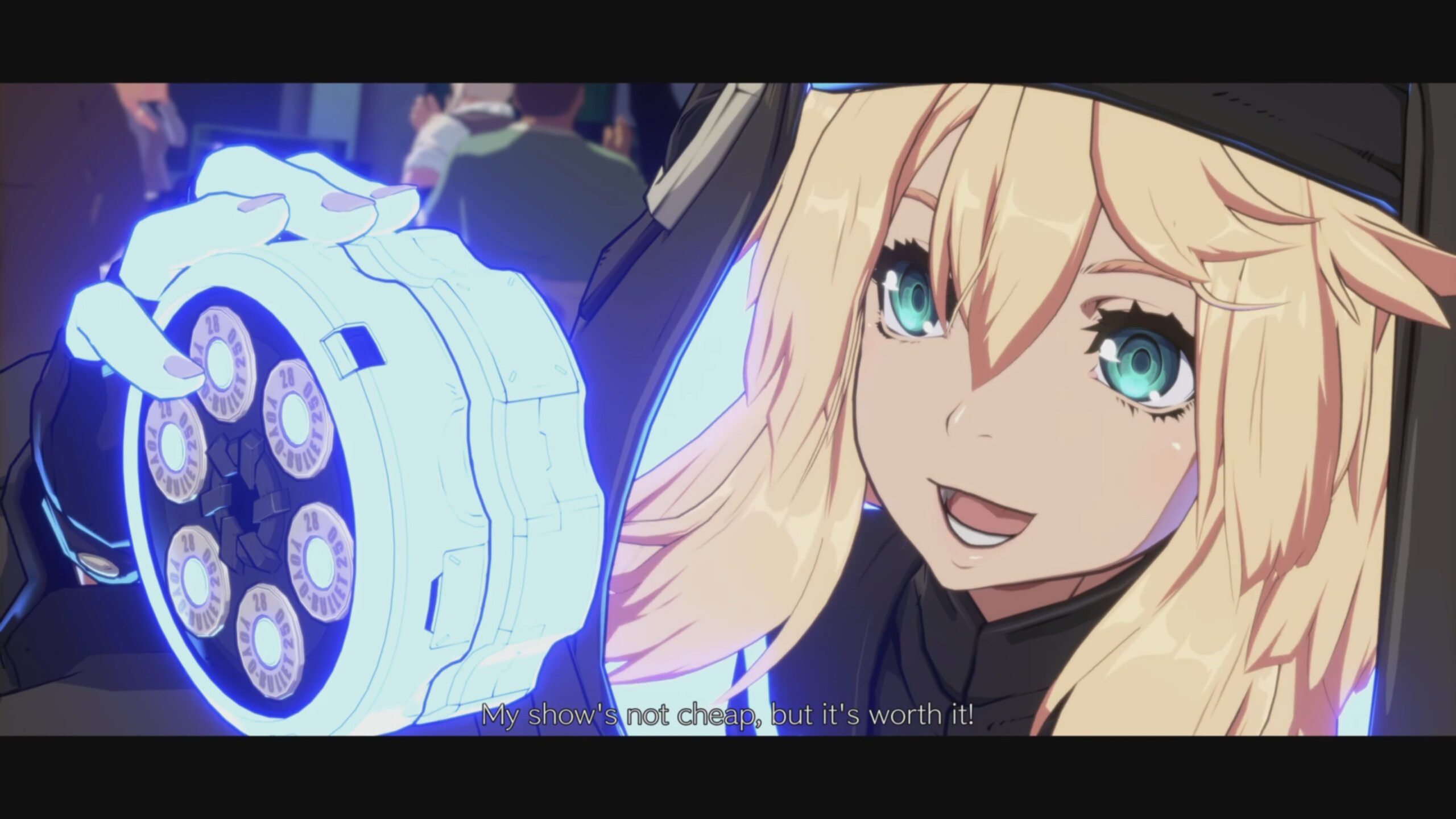
Offering his own conclusion, Katano affirmed, “I want to make it absolutely clear here that the staff here does not change things based on demand or public opinion.”
“Ishiwatari has themes that he is working with, and all of us staff members are participating with the full knowledge and understanding of that,” he said. “I want to say once again that we will continue making games while holding dear our convictions as creators.”
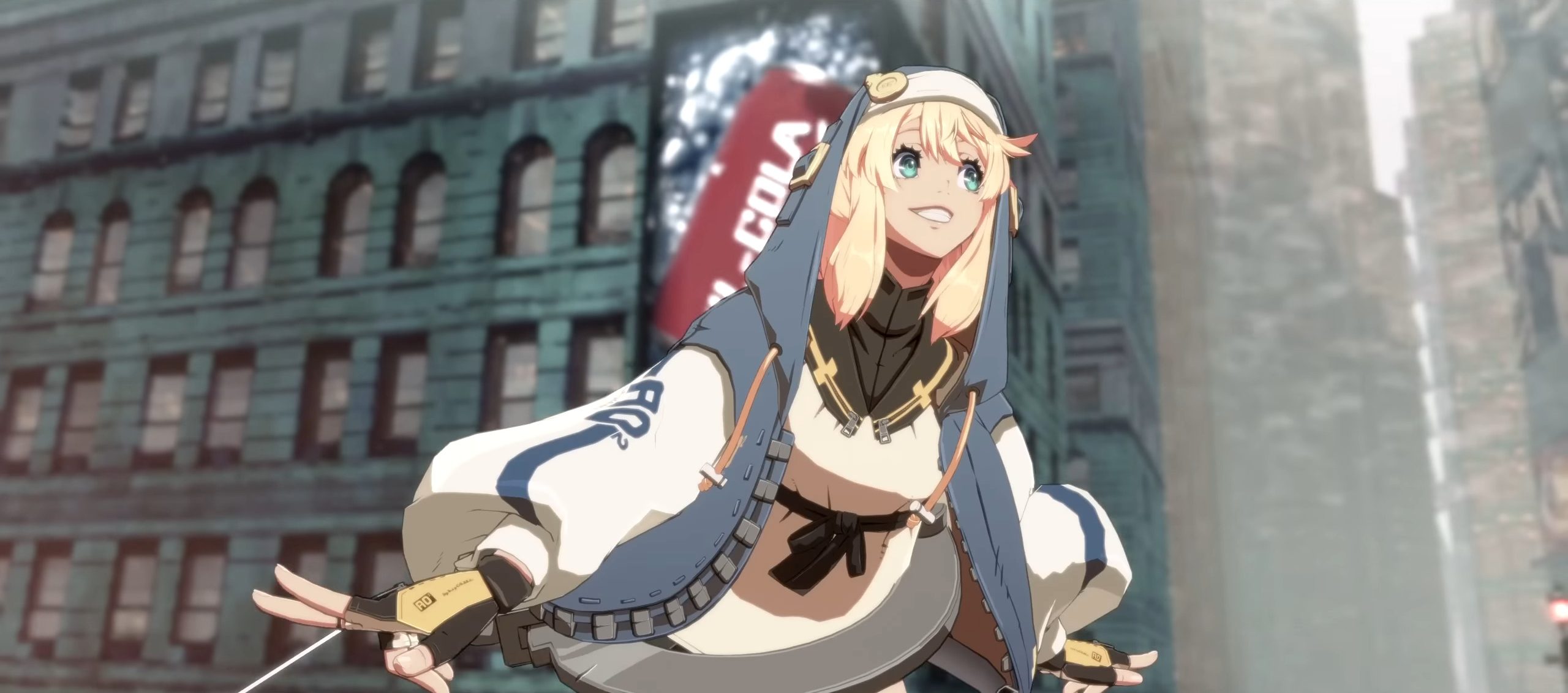
More About:Video Games






